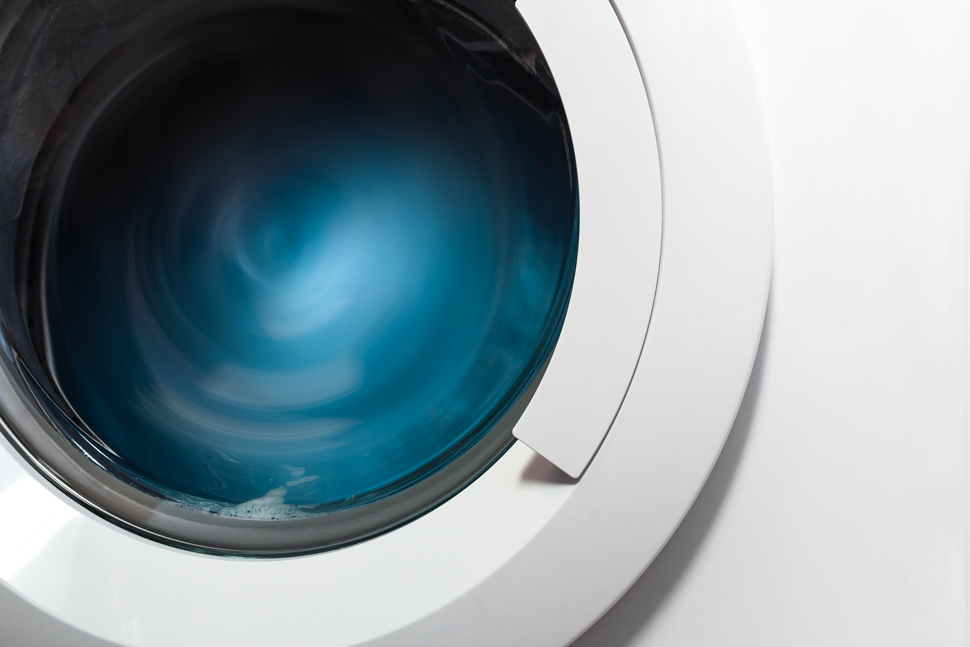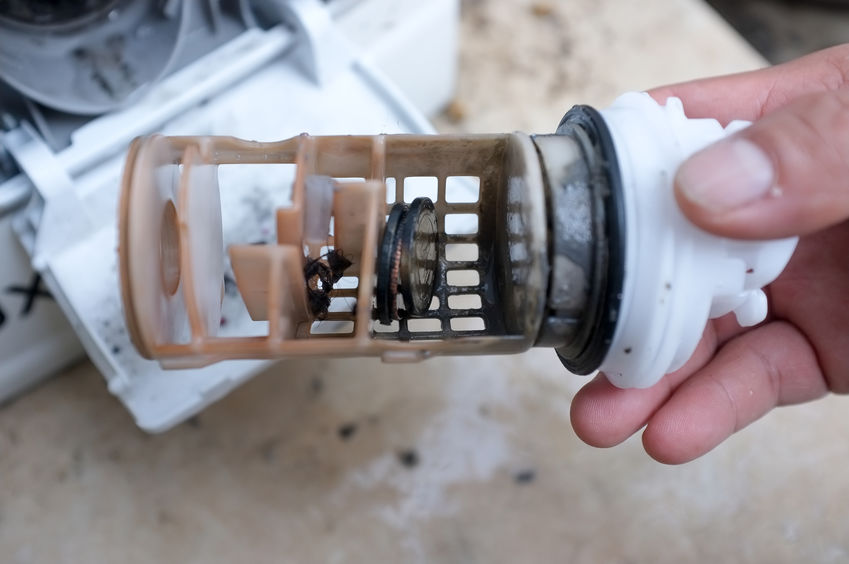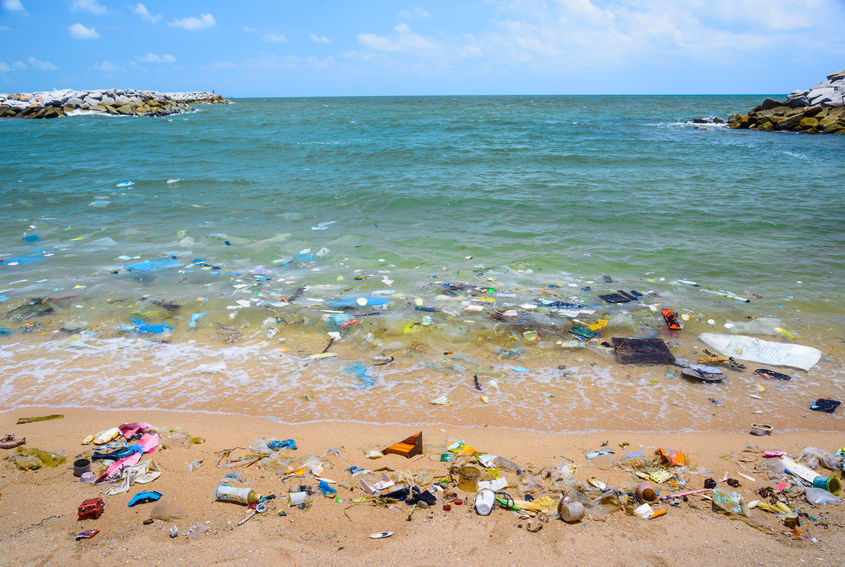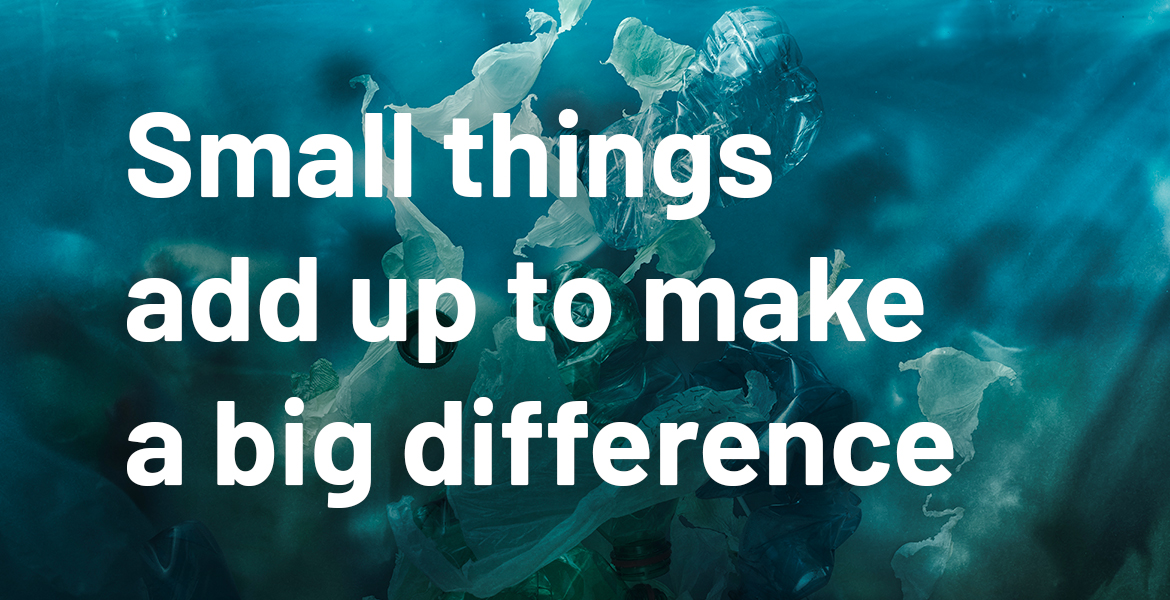Have you ever found yourself in a difficult situation where instead of addressing a problem head-on you’ve opted to “let sleeping dogs lie?” I’m sure you can think of situations where the idiomatic phrase has served you well (it certainly has for me), however, there are undoubtedly problems that call for immediate action… Microfiber pollution is certainly one of them.
Microfibers, like many other synthetic materials are polluting the planet at unprecedented rates. Based on a study published in 2013, George Leonard, Chief Scientist for The Ocean Conservancy estimated in a presentation that 1.4 million trillion microfibers are currently in the ocean. Additionally, a study published by the International Union for Conservation of Nature and Natural Resources estimates that 0.6 – 1.7 million tons of microfibers are released into the ocean annually.
Before we can address the issue head-on and provide a solution, it’s important to understand the problem. What are Microfibers? How is the problem occurring? Who is involved in the pollution process, and finally what are the solutions?
Since its inception in the early 1940’s, polyester fabric has evolved from a cheap and durable alternative to natural, more expensive fibers (like wool and cotton), into an industry standard with 60 percent of all garments containing polyester. Microfibers are simply a derivative of synthetic/polyester fibers made of strands less than one denier. This micro structure makes for exceptionally soft and comfortable garments that consumers have grown to love.
As a result of the polyester boom, production of single-use PET plastic bottles has paralleled the increased use of plastic materials. With billions of PET bottles being thrown away every day, many insulation and garment manufacturers have utilized recycled bottles to construct their insulation. In more recent years, recycled insulation/polyfills have shown to outperform unrecycled insulation and garment fleece fibers. Kudos to innovative companies such as 3M, Thermore, Polartec, and Primaloft for creating such sustainable solutions.
So, what is the downside to these miraculously soft microfibers? Every time a synthetic/polyester garment is washed, whether made from recycled bottles or new materials, up to 700,000 microfibers are released in a single wash cycle. Although a number of water treatment plants successfully catch up to 95% of microfibers, the remaining fibers that escape are vast. As a consequence, these fibers are doomed to end up in our oceans, lakes, and rivers.

Naturally, these plastic microfibers which in many cases being toxic are consumed by sea life and eventually consumed by humans. The full consequences of this, short-term and long-term are unknown. Rochman Lab in the Department of Ecology & Evolutionary Biology at the University of Toronto, which is part of the EEB Conservation Group, along with others organizations like The Story of Stuff are providing research and raising awareness on issues such as microplastics.
However tempting it may be to point a blaming finger, microfiber pollution is an issue that has arrived in the form of an honest mistake, with no one individual or company to blame. Leaders in the textile industry and consumers are coming together to produce solutions. So, what is the solution you ask? Well, next to discontinuing polyester altogether, the most effective way to stop microfiber pollution is to use 100% recycled insulation and fabrics that do NOT use microfibers (fibers less than one denier).
There are of course other methods for reducing microfibers that are taking place at water filtration plants, improved washing machine filtrations and other neat gadgets. Here’s an article of what seems to be some of the most recent and effective ways to minimize microfiber pollution – The Science of Microfiber Pollution and the Search for Solutions. Additionally here’s an article explaining and analyzing two solutions – Lint LUV-R after-market filter which reduced microfibers by 87%, and Cora Ball, which reduced microfibers by 26%.
In a time where more information is accessible than ever before, we need to identify the most pressing issues like microfiber pollution and take action to preserve our waters by creating sustainable solutions.

Coins in washing machine’s drain pump filter 
Pollution on the beach of tropical sea.



